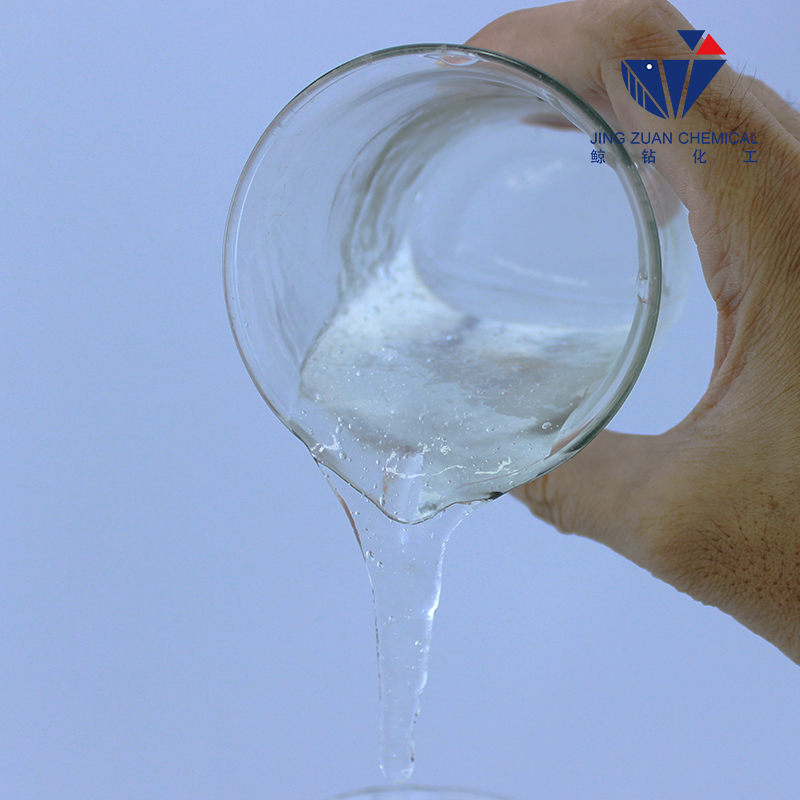
Dec . 18, 2024 02:59 Back to list
HPMC Solubility Characteristics in Cold Water for Enhanced Pharmaceutical Applications
Solubility of HPMC in Cold Water An Overview
Hydroxypropyl Methylcellulose (HPMC) is a non-ionic cellulose ether that is widely used in various industries, particularly in pharmaceuticals, food, and construction. One of the key characteristics of HPMC is its solubility in cold water, a property that is crucial for its application in different formulations. Understanding the solubility behavior of HPMC in cold water can help researchers and manufacturers optimize its use in their respective fields.
What is HPMC?
HPMC is derived from cellulose, a natural polymer found in plant cell walls. Through a series of chemical reactions, cellulose is hydroxypropylated and methylated, resulting in HPMC. This modification enhances its solubility and functionality, making it an excellent thickening agent, binder, and film-former. Due to its ability to create stable emulsions and suspensions, HPMC is frequently used in various products ranging from dietary supplements and pharmaceuticals to sauces and baked goods.
Solubility of HPMC in Cold Water
One of the most fascinating aspects of HPMC is its solubility in water, particularly at lower temperatures. Unlike many polymers that require heat to dissolve, HPMC can readily hydrate in cold water, leading to the formation of a gel-like viscosity. This property is particularly advantageous for applications where temperature control is critical, such as in the formulation of food products and certain pharmaceutical formulations.
The solubility of HPMC in cold water is influenced by several factors, including the degree of substitution (DS) and molecular weight of the polymer. HPMC with a higher DS generally exhibits better solubility, as the presence of hydroxypropyl and methyl groups disrupts the intermolecular hydrogen bonding that typically occurs in cellulose. Additionally, low molecular weight grades of HPMC dissolve more quickly and easily in cold water compared to their high molecular weight counterparts.
Factors Affecting HPMC Solubility
1. Temperature While HPMC can dissolve in cold water, slight increases in temperature may accelerate the dissolution process. This characteristic can be particularly useful in optimizing formulation processes.
hpmc solubility in cold water

2. Concentration The concentration of HPMC also plays a significant role in its solubility. Higher concentrations can lead to a more viscous solution, which may hinder further dissolution. In these cases, appropriate mixing and shear forces may be necessary to achieve the desired consistency.
3. pH Levels The pH of the solution can affect the hydration of HPMC. While the polymer is generally stable across a range of pH levels, certain formulations may require pH adjustments to maximize solubility.
Applications of HPMC in Cold Water Soluble Formulations
The ability of HPMC to dissolve in cold water has led to its application in various industries. In the pharmaceutical sector, HPMC is often used as an excipient in tablet formulations and controlled-release capsules. Its solubility in cold water ensures a smooth and easy preparation process, enhancing patient compliance.
In the food industry, HPMC serves as a thickening and stabilizing agent in sauces, dressings, and dairy products. Its cold-water solubility allows food manufacturers to incorporate it into their products without the need for heating, thereby preserving the quality and nutritional value of the ingredients.
In construction, HPMC is utilized in dry mix mortars and adhesives due to its ability to retain water and improve workability. The cold-water solubility of HPMC aids in reducing the viscosity of these mixtures, making them easier to apply.
Conclusion
The solubility of Hydroxypropyl Methylcellulose in cold water is a significant aspect that enhances its versatility and application across various industries. By understanding the factors that affect this solubility, researchers and manufacturers can better tailor their formulations to meet specific needs. As demand for novel and efficient materials continues to rise, HPMC's unique properties position it as a vital ingredient in the formulation of products that require solubility at lower temperatures. Whether in pharmaceuticals, food, or construction, HPMC remains an indispensable tool in modern formulation science.
-
Versatile Hpmc Uses in Different Industries
NewsJun.19,2025
-
Redispersible Powder's Role in Enhancing Durability of Construction Products
NewsJun.19,2025
-
Hydroxyethyl Cellulose Applications Driving Green Industrial Processes
NewsJun.19,2025
-
Exploring Different Redispersible Polymer Powder
NewsJun.19,2025
-
Choosing the Right Mortar Bonding Agent
NewsJun.19,2025
-
Applications and Significance of China Hpmc in Modern Industries
NewsJun.19,2025







